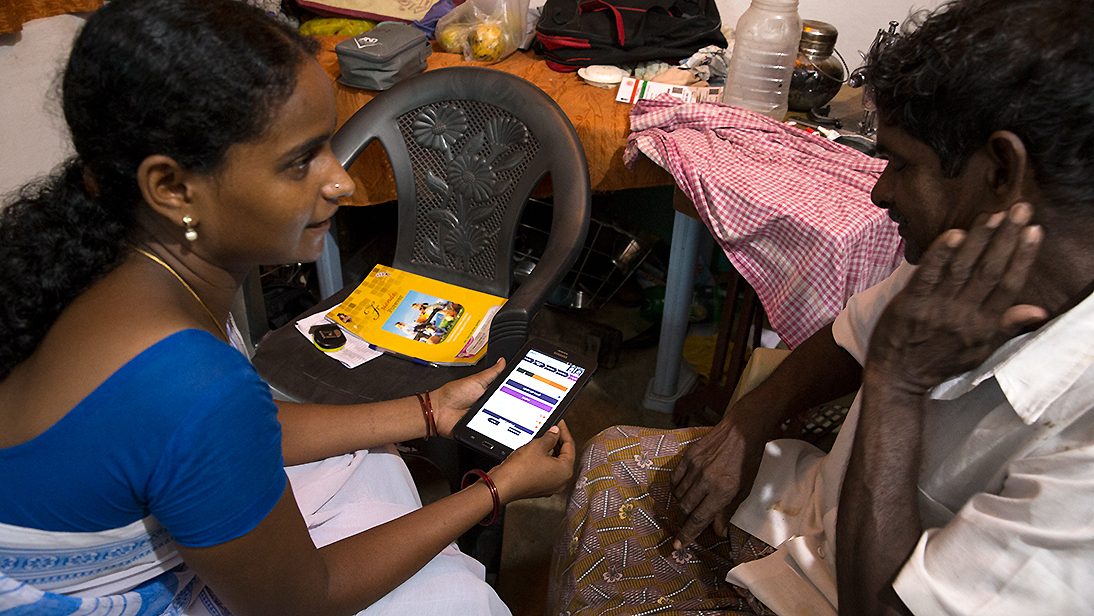
Technology to the service of a healthy heart
Technology-enabled screening and assessment of cardio-vascular risk by village level health workers, coupled with a referral and treatment system involving doctors in primary health centres, has considerable scope of ensuring that people in rural areas have a heart that can stay healthy for a longer time, a new study by the George Institute for Global Health India has found.
The study conducted in 54 villages of Bhimavaram district in Andhra Pradesh over a period of 18 months involving 65,000 people has great potential in revolutionizing cardiac care in rural areas of the country. “We tested a system and process whereby screening and management of non-communicable diseases can be integrated at the primary health care level. It has yielded promising preliminary results and we are already extending it to other conditions like mental health, diabetes, kidney disease, etc.,” says Dr. Vivekanand Jha, Director of the George Institute for Global Health India.
Funded by a Global Alliance for Chronic Diseases Grant (GACD), the project known as SMARThealth incorporates a behavior change wheel as part of which the enablers and barriers to providing diagnosis and treatment are systematically identified and redressed. “This involves identifying systemic gaps at all levels – individual, community as well as government and policy levels,” points out Dr. Jha.
When the project began a couple of years ago, it was evident from studies done earlier that assessment of cardio-vascular risk of people in the community could be the first step to effective treatment. “We developed an app which could be used by village level ASHA workers to systematically screen people at their homes. The app uses algorithm-based calculations in the form of red, orange and green flashes corresponding to high, moderate and low risk,” says Dr. D. Praveen, Head, Primary Health Research, George Institute, India.
With ASHA workers visiting people’s homes and taking their case history, measuring their blood pressure and sugar levels, people for the first time understood the gravity of the risk that they are susceptible to and decided to go to the doctor. “This change in behavior was not easy but was like a battle half won for us,” says Praveen.
The high-risk patients were seen by the doctor and given basic medicines. “ We had to ensure that basic cardiovascular medicines are always available in some of the PHCs,” informs Praveen. Also, the village-level health worker follows-up on each patient and ensures that they adhere to the treatment given by the doctor. “Often we forget about adherence, as people may visit the doctor but stop taking medicines altogether. This was taken care of in this project by having a priority listing chart embedded in the app that ensures, the ASHAs do regular follow-up visits,” points out Praveen.
Currently, doctors and village level health workers who were part of this project are excited by the normalization of blood pressure in people that they have witnessed and testify to the fact that this system has greatly benefitted in bringing down cardio-vascular risk. “The data is currently being analysed and we hope to present evidence-based findings soon. However, we are confident that we have a transformational model with us and are currently trying it out in another geographical area in Haryana,” says Dr. Jha.



